At CES 2017, 3D was dead and buried and the curved TV was dying. As certain trends fade manufacturers again turn their attention to the most important area; picture quality. But do we really need 4 HDR formats?
Better picture quality
Smart TVs are still around and will likely continue to be but other trends have faded. 3D TVs are dead and the curved TV is dying despite some manufacturers refusing to acknowledge the fact. It is a costly mistake so it is only natural that a company tries to get return on investment.
New headlines are needed and we are delighted to report that manufacturers have decided to again focus wholeheartedly on picture quality. You could argue that it started with Ultra HD but the industry quickly realized that it took more than “more pixels” to get consumers truly excited. After all, the benefit of resolution follows a law of diminishing returns unless screen sizes grow at the same rate – which is not happening.

So the industry started talking about ”better pixels”; improved contrast, a wider dynamic range, and better colors. This has led to HDR (High Dynamic Range) and the Rec.2020 color space that should be understood as an ambitious goal for year 2020 – hence the name. By defining these goals – and ratifying them as standards – industry players are incentivized to meet them, and it seems to have worked.
In more concrete terms the industry wants to improve colors on our TV from the current Rec.709 color space, that has been used for HD content, to Rec.2020. To give you a rough estimate of how big a jump this is consider that Rec.709 covers roughly 33% of the visible colors (to the human eye) whereas Rec.2020 covers roughly 75%. TV manufacturers are about halfway there as most high-end TVs cover the DCI-P3 color gamut that holds roughly 50% of the visible colors. On the path to Rec.2020 we also need significantly higher luminance, which means that the dynamic range of a display has to be expanded.
HDR represents a new phase in the industry, which is exciting in many ways. We have often witnessed how each manufacturer has its own agenda; how some have, in the past, tried to implement wide color gamut or an expanded dynamic range through proprietary methods or through upscaling functionality but since HDR is a completely new foundation for the video standards – from camera through studios to displays – it has encouraged manufacturers to chase the same goal. HDR is a bigger revolution in TV/movies/games than most realize.
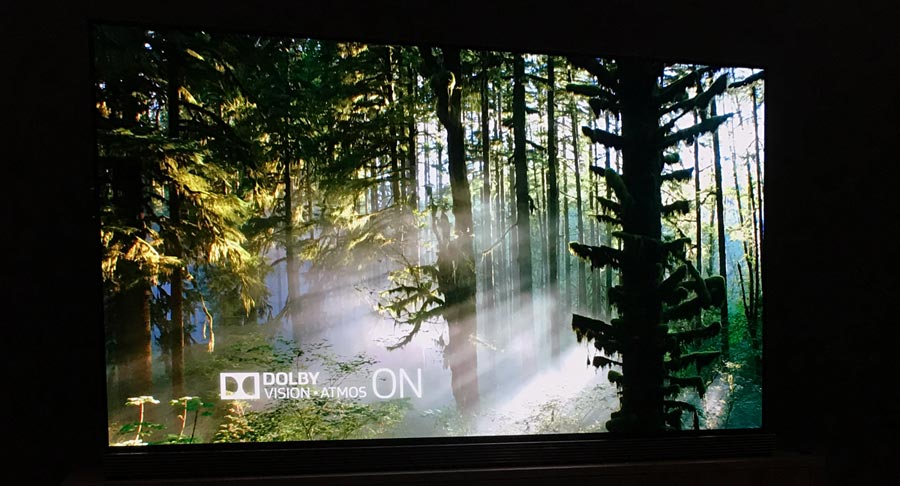
HDR has helped stimulate demand for OLED that sets a new standard for picture quality, and has accelerated the adoption of quantum dots in LCD displays. The ambitious target values incorporated in the HDR formats will help accelerate innovation in displays and lead to entirely new types – and variations – of display technologies.
That may sound a little dramatic but if you think back to the days between when HD was introduced and 3D was introduced; those days were quite uneventful times for TVs. Back then, it felt like a mature market but HDR has helped reignite it and motivate manufacturers, which ultimately means a better picture experience at home. The road to even more impressive picture quality has already been paved. Ultra HD was the first step and we are now in the HDR phase. In some years from now, the industry will transition to 8K resolution and HFR (High Frame Rate) that will improve motion reproduction drastically. Of course, as a consumer you want everything in one package but knowing the roadmap beforehand makes you able to make an informed and rational decision.
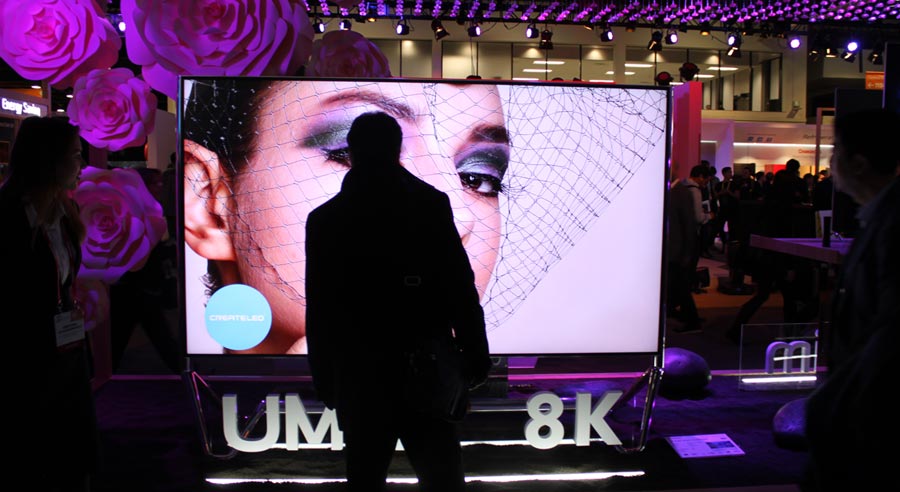
Are 4 HDR formats too many?
This is not a new format war like Betamax vs. VHS or HD-DVD vs. Blu-ray. As a consumer you are not required to make a choice based on exclusivity. TVs can – and do – support more than one HDR format.
However, having 4 formats will lead to alliances. It will set up barriers to what content you can access and not access. As a consumer you will have to consider this before making a purchase.
The 4 HDR formats are:
HDR10
Dolby Vision
HLG
Advanced HDR by Technicolor
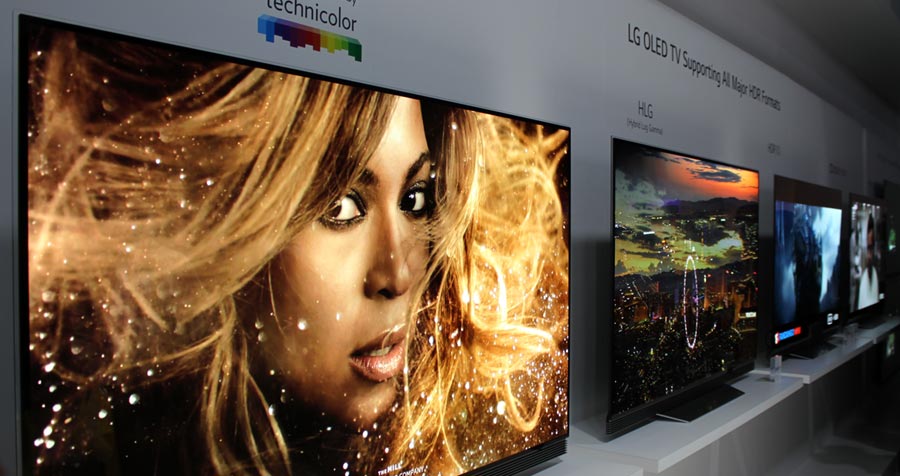
If we try to zoom out and view the market from a perspective, HDR and Dolby Vision serve roughly the same purpose at the moment, despite Dolby Vision being a more flexible format, whereas the HLG format has been developed to bring HDR (and some other things) to broadcast. The reason why broadcasters require a separate format has to do with how limited the bandwidth is in the TV broadcast networks so BBC/NHK have developed a format that can embed the HDR information in the standard broadcast signal. Dolby Vision can technically serve the same purpose but has so far been disregarded by broadcasters. Technicolor’s format has little traction and can perhaps be ignored for now but you should never say never. Besides being a HDR format, Technicolor’s implementation can “upscale” regular SDR content to HDR.
The most widely adopted format at the moment is the open industry HDR10 format, which is supported by all HDR TVs – expect a single Vizio model.
HDR has also shown us that you cannot rely on status quo. When broadcasters decide to broadcast in HDR most of them will use HLG. If your TV does not support that, which most HDR TVs currently do not, you will need a set-top box at one point.
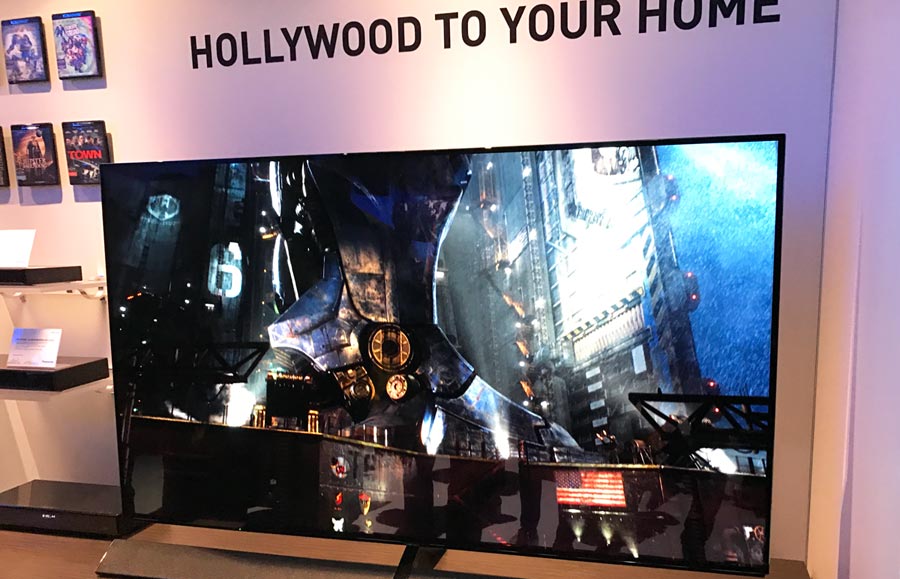
4 HDR formats can coexist as each one offers different advantages. One of the reasons why there are so many formats has to do with how fundamental a change HDR is. The industry has started rewriting video standards. In hindsight, one should probably have expected it to take several years before HDR would mature but it is still surprising, at least to us, that there is so much activity in the area. The companies know – especially Dolby – that if you win this battle you will play a major role in the TV industry for many years to come.
When CES 2018 comes around one year from now we may or may not have a fifth HDR format in the pool. Samsung is working on adding dynamic metadata to the HDR10 format in order to make it possible to optimize picture quality on a scene-by-scene basis. This is currently one of the unique features of the Dolby Vision format that Samsung has chosen to overlook.
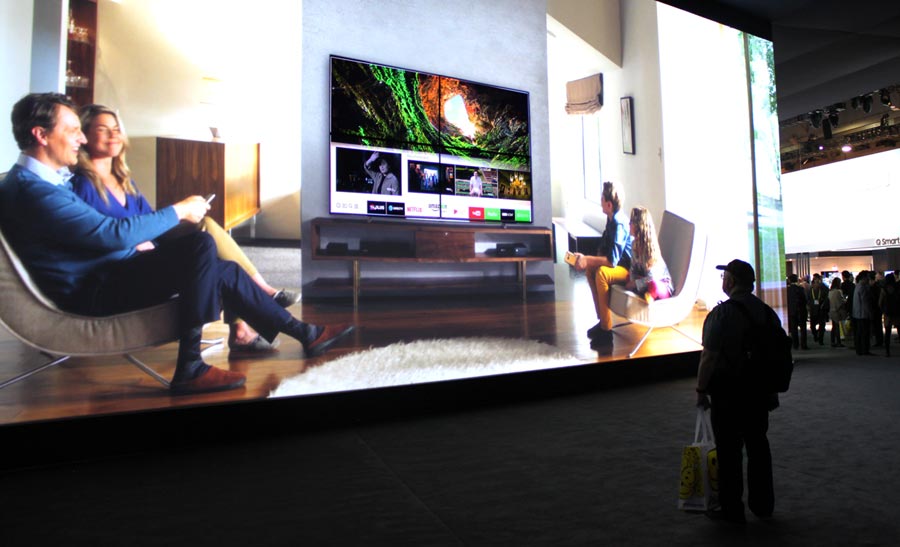
One big question mark relates to Apple. TV manufacturers seem to have chosen their alliances and the same can be said for the major streaming companies (Netflix, Amazon, YouTube). We more or less know which formats will be available in popular media players and set-top boxes, and that the majority of broadcasters will opt to use HLG. Platform builders such as Google, Amazon and Roku have also shown their cards but what about Apple? The world’s most valuable company operates one of the world’s largest streaming services (iTunes) and is currently coding a TV operating system for the Apple TV box. Will Apple back one of the existing formats or introduce a new one? A fifth format?
We will probably learn what Apple has planned later in 2017 or in 2018. We can also be certain that HDR formats will continue to evolve in the coming years. It is not a format war but something to consider from a consider standpoint. It is time to focus.